The Leica M10-R
This review of the Leica M10-R is not overly technical, it is more of a personal account of my fascination with the camera and the Leica brand.
One year ago, I was gifted with the most expensive item I have ever owned — a Leica M10-R. It was a moment that I will never forget. I remember opening the bag and feeling a rush of excitement as I held the camera in my hands. The craftsmanship and attention to detail that went into the design of the camera was apparent from the moment I picked it up.

f/1.4, 1/1250s, ISO 6400
Carrying the Leica M10-R for the first time felt like carrying my whole life with me. The weight of the camera in my hands felt substantial and it reminded me of the responsibility that came with owning such a valuable tool. It was almost like carrying a piece of art with me wherever I went and was constantly aware of its presence. It was a constant battle between wanting to use the camera and wanting to protect it from any possible harm. Despite the added weight and responsibility, I felt like carrying the camera made me more aware of my surroundings for safekeeping and taking photos.
As I’m mostly working from home these days, there haven’t been many chances to take the Leica M10-R out for a spin as I would like. In the first few months of owning the camera, I was guilty of mostly using it to capture images of the various coffees I experimented and other products bought, and I understand that this is not a sufficient use of such a remarkable camera. When I do go out, I’m always worried about how to keep it safe. The quest for an ideal bag—one that offers both comfort and security—remains ongoing. Despite its seeming triviality, I hold the genuine belief that the right bag significantly impacts my confidence while carrying the Leica.
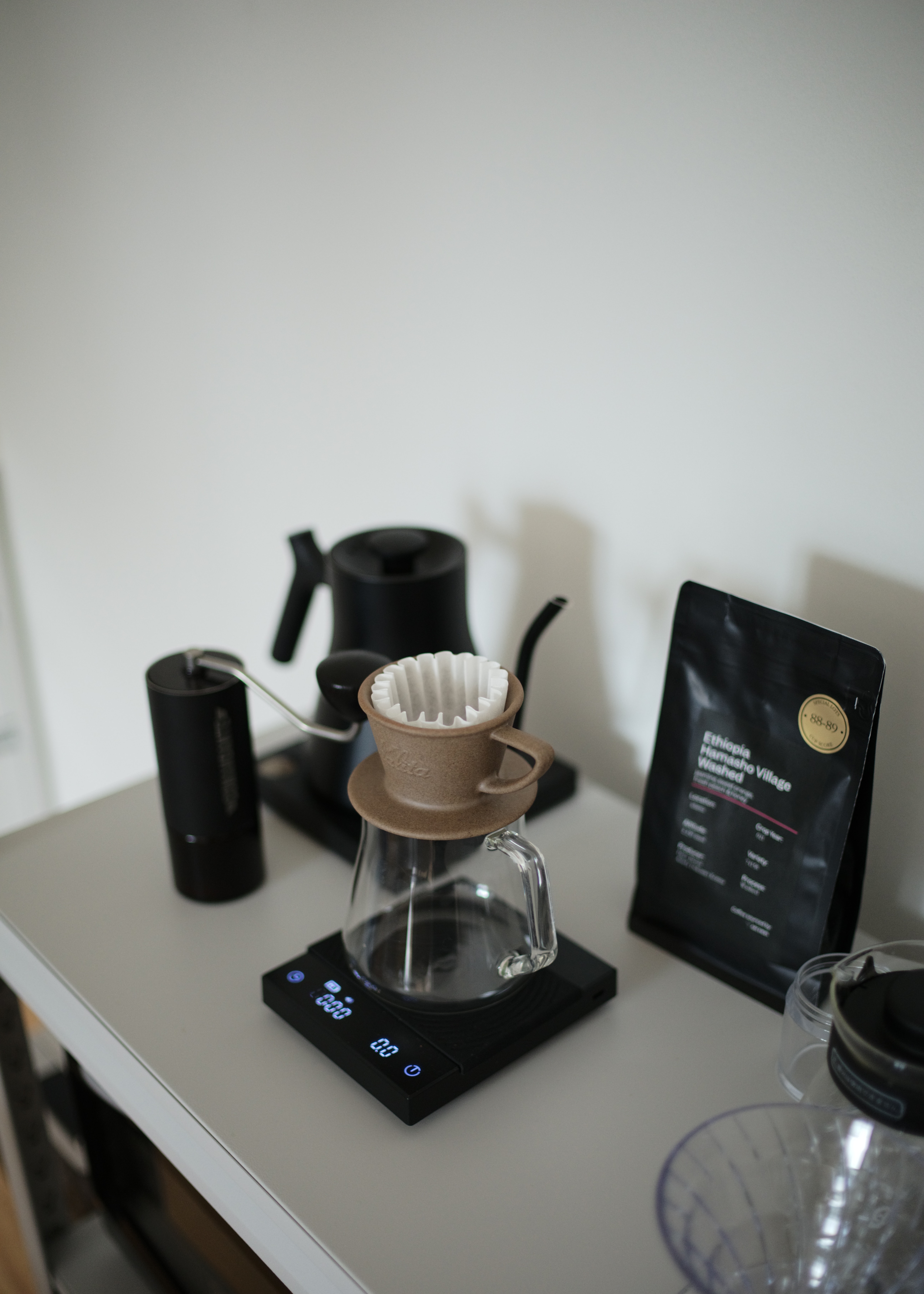
f/1.4, 1/250s, ISO 800
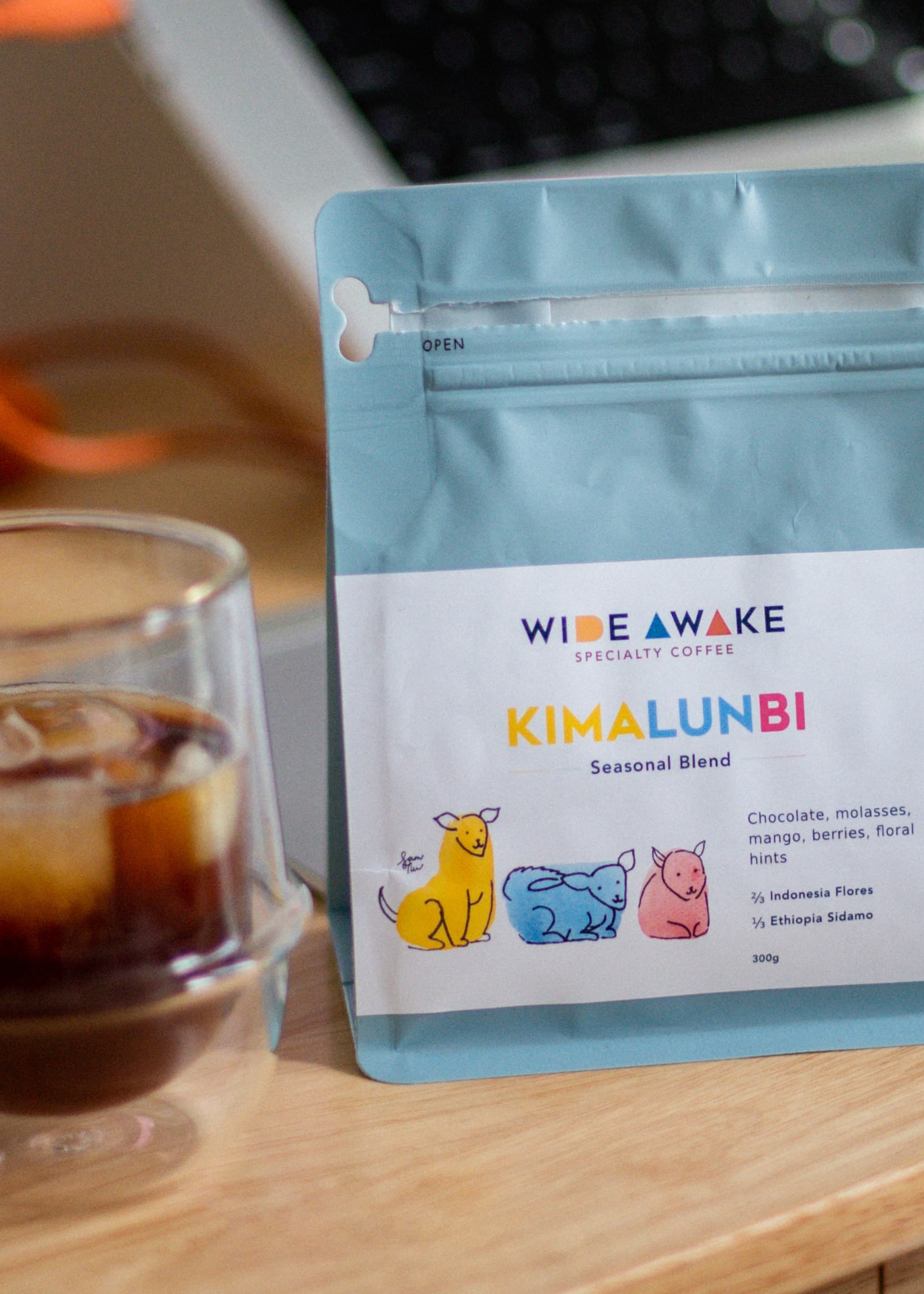
f/1.4, 1/1500s, ISO 400
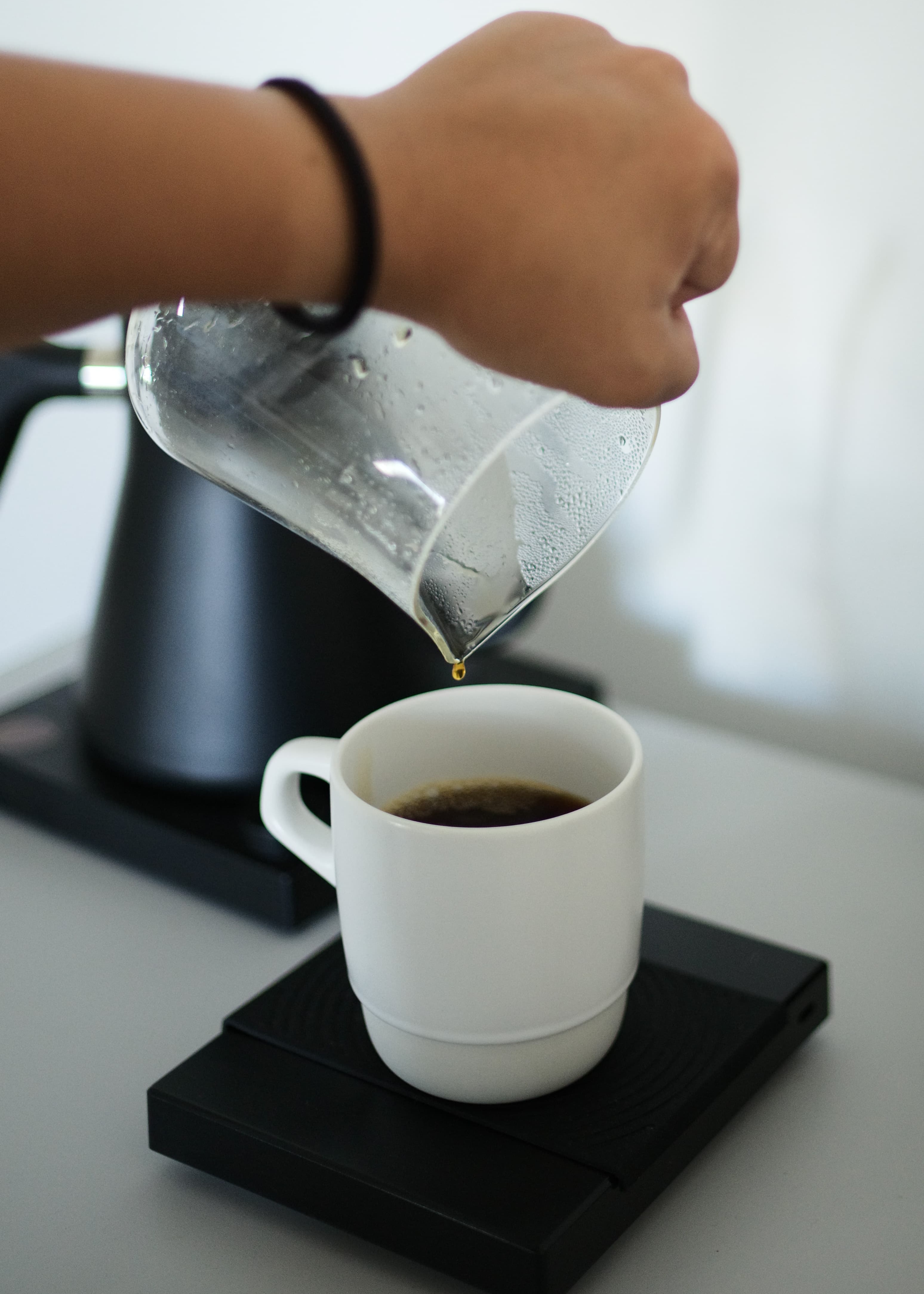
f/1.4, 1/1250s, ISO 800
Build is incredible
Leica has a long-standing reputation for creating beautiful cameras, and my M10-R is no exception. From the moment I first held it in my hands, I knew that I was holding something truly special. The craftsmanship and attention to detail that went into its design are apparent in every shot I take. Even after a year of owning the Leica M10-R, I still feel like I’m holding it for the first time when I take it out of the cabinet.
A common issue experienced by many Leica users is the stiffness and difficulty in pulling out the ISO dial. After using the camera for just a few times, I found myself leaving the dial out, as other users have suggested.
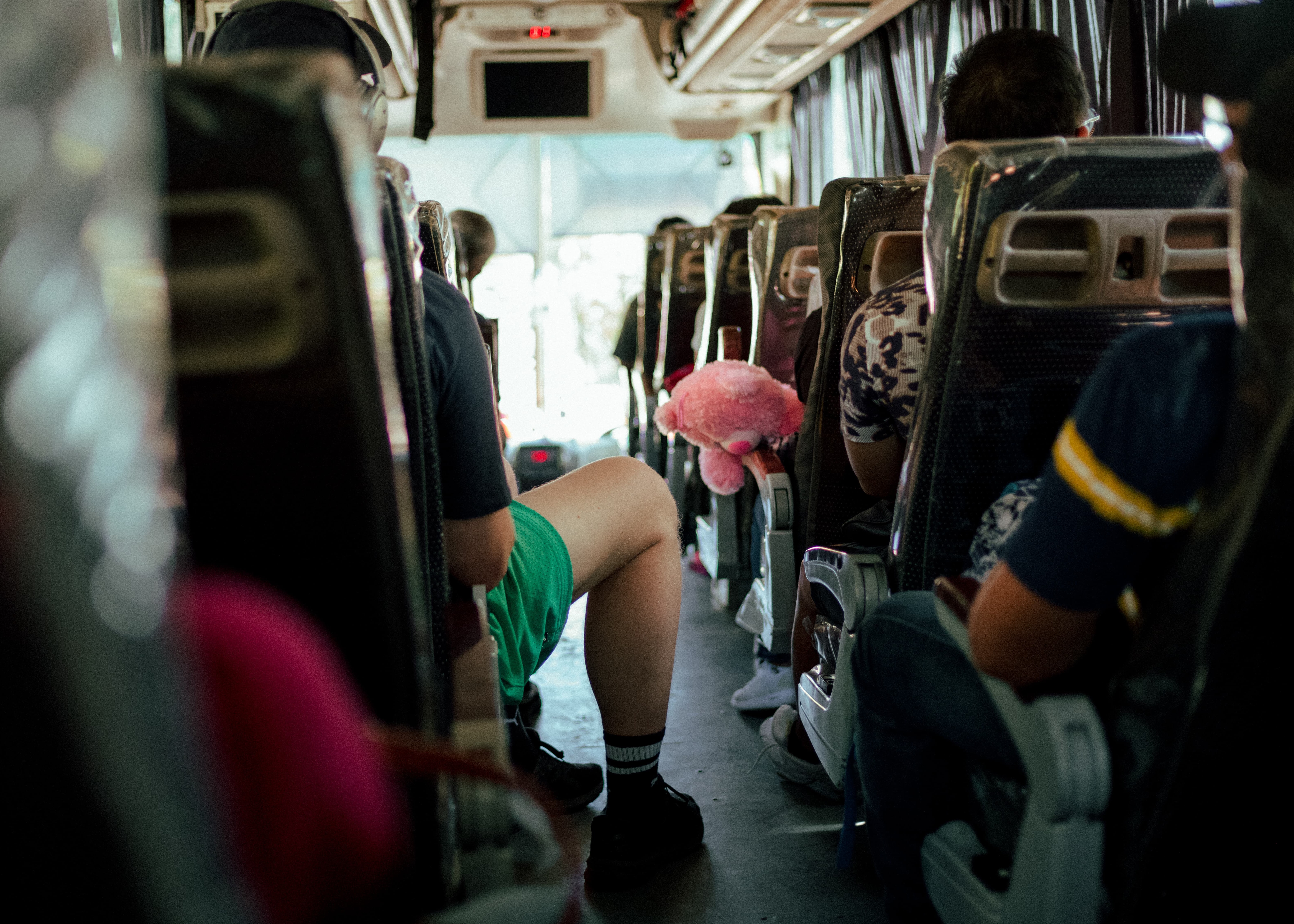
f/4.8, 1/1000s, ISO 1600
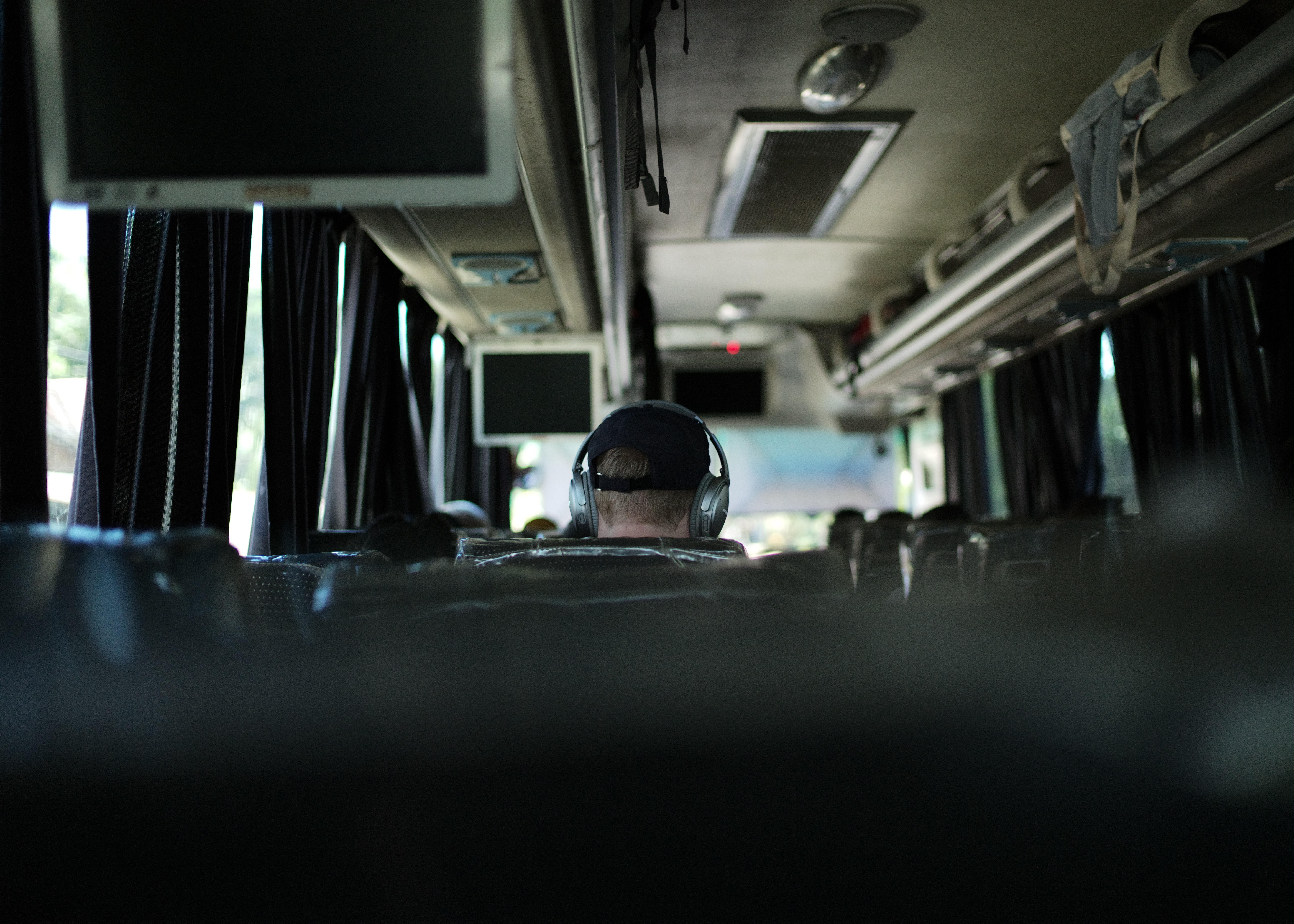
f/1.4, 1/2000s, ISO 1600
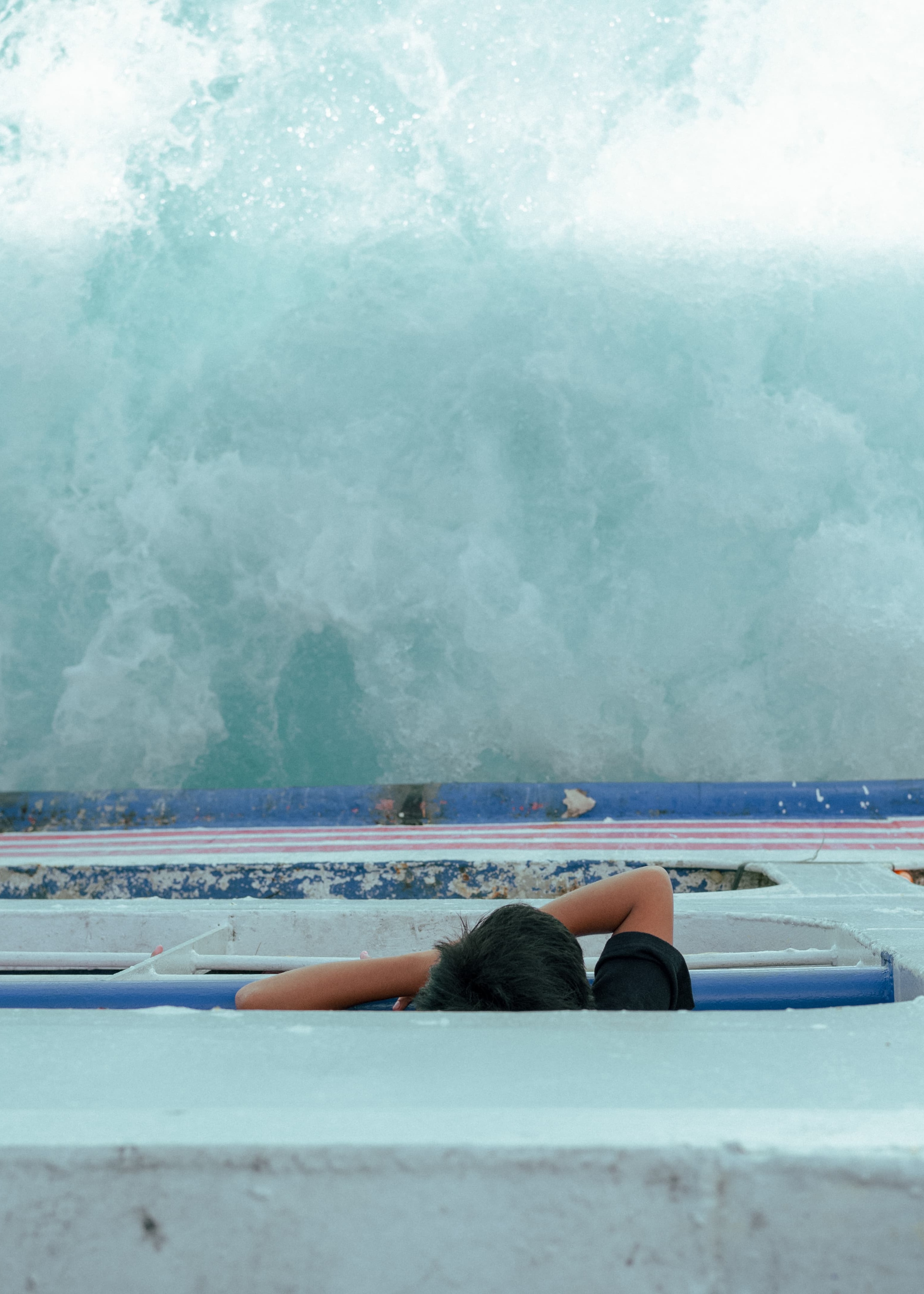
f/3.4, 1/750s, ISO 200
Maneuvering manual focus
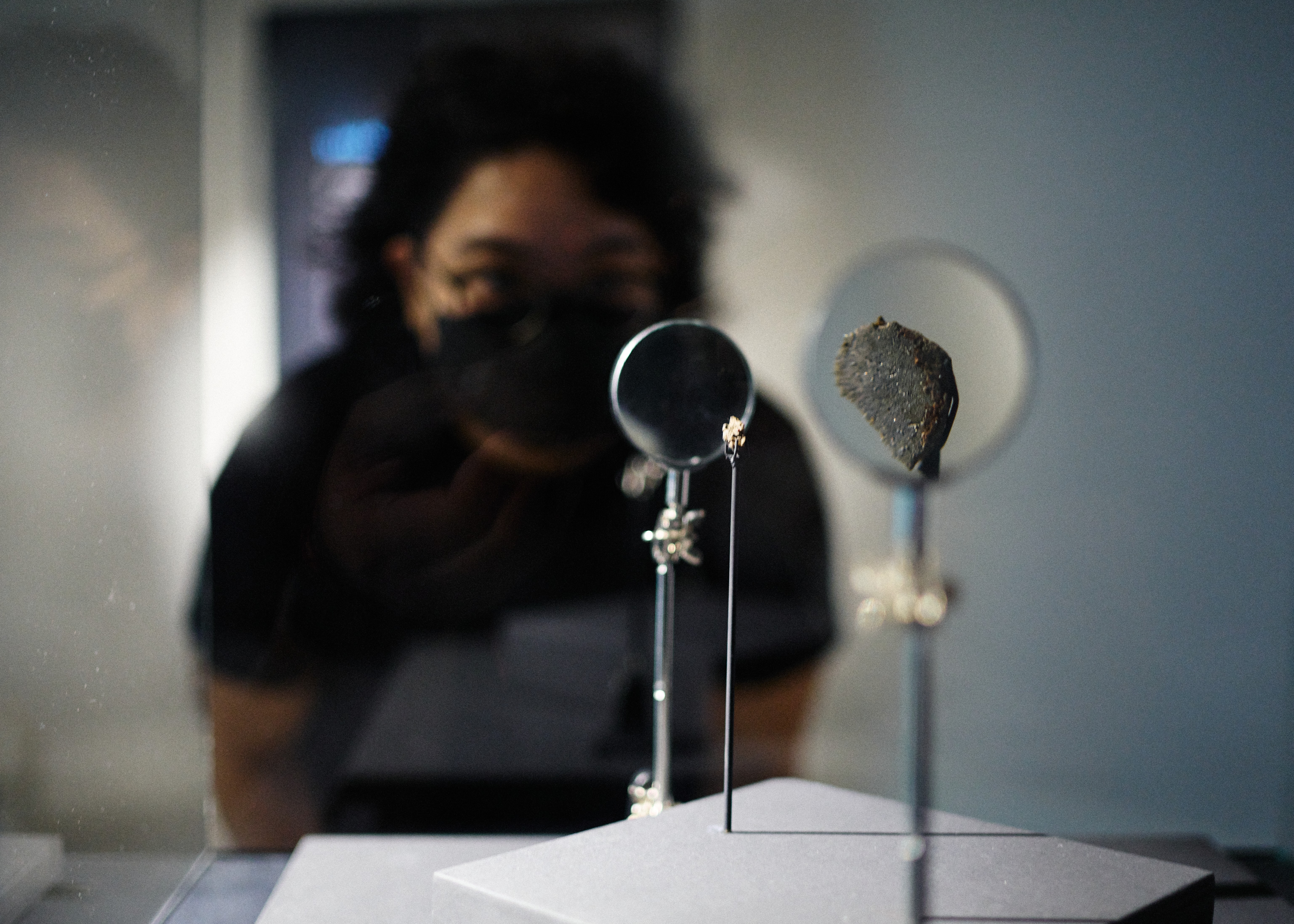
f/3.4, 1/24s, ISO 800
Everything is manual. Although I have some experience with manual focus, it was not until I started producing and creating short films and documentaries that I truly realized its importance. I have been passionate about photography since we had our family camera, a Sony Cyber-shot DSC-F55, but I still find myself struggling to achieve my desired results. I have a clear understanding of my style and what I aim to capture in my pictures, but sometimes I still fall short. I have glasses, so the struggle doubles upon looking in the viewfinder. Focus and aperture control are set directly on an attached lens.
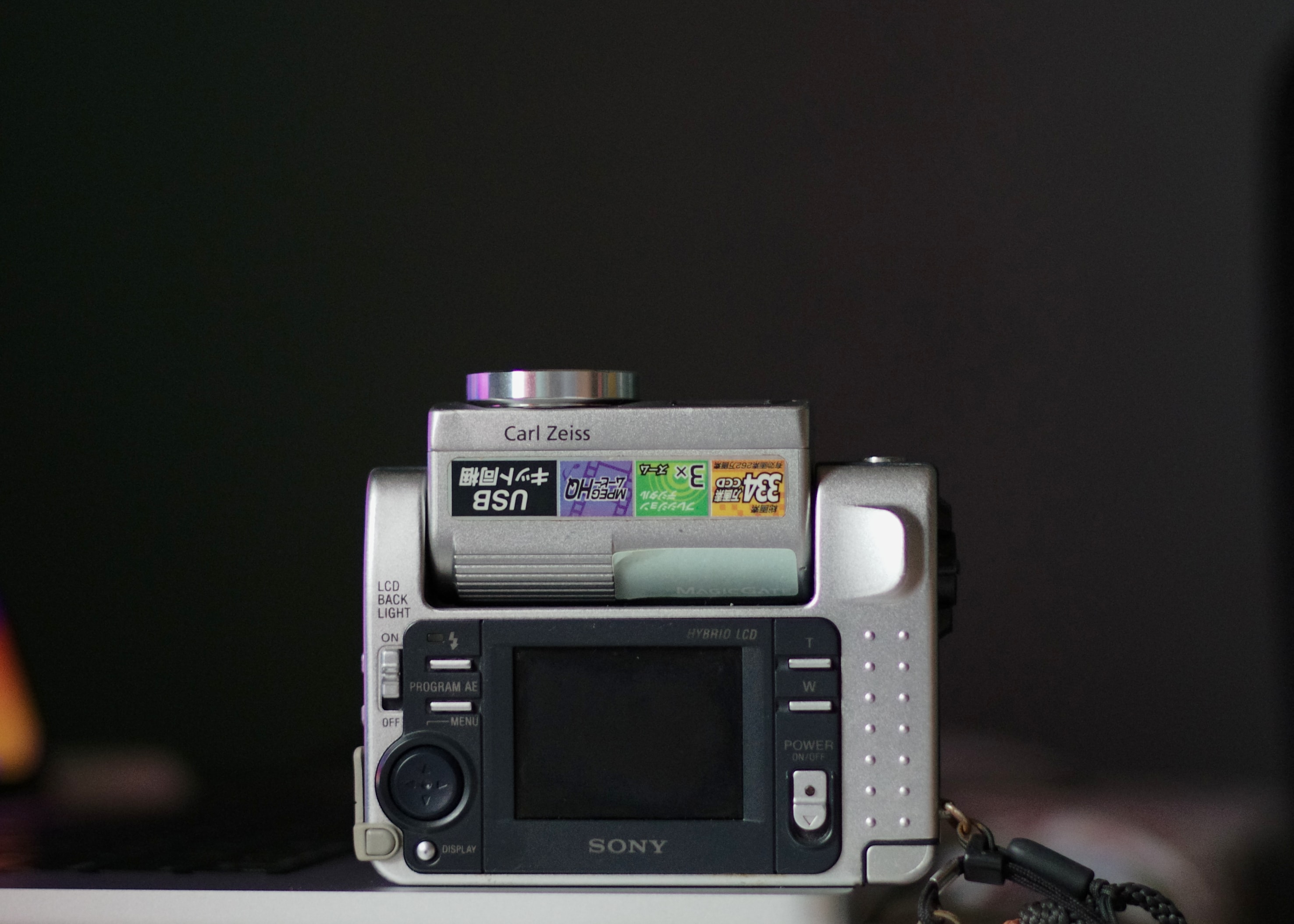
f/3.4, 1/250s, ISO 800
Turning the focus ring on the lens to line up a small rectangular “ghost” image with your subject in the viewfinder demands patience. Speaking of viewfinder, I believe that Leica could have done a better job on the M10-R’s EVF especially considering the camera’s 40MP sensor. Even when set to ‘High’ brightness, the viewfinder often appears dim, and the numbers only display when the shutter speed is in Auto. The Metering Memory Lock indicator — those red dots and arrows do not seem intuitive to me. And the EVF could really benefit from some improvements to enhance the user experience.
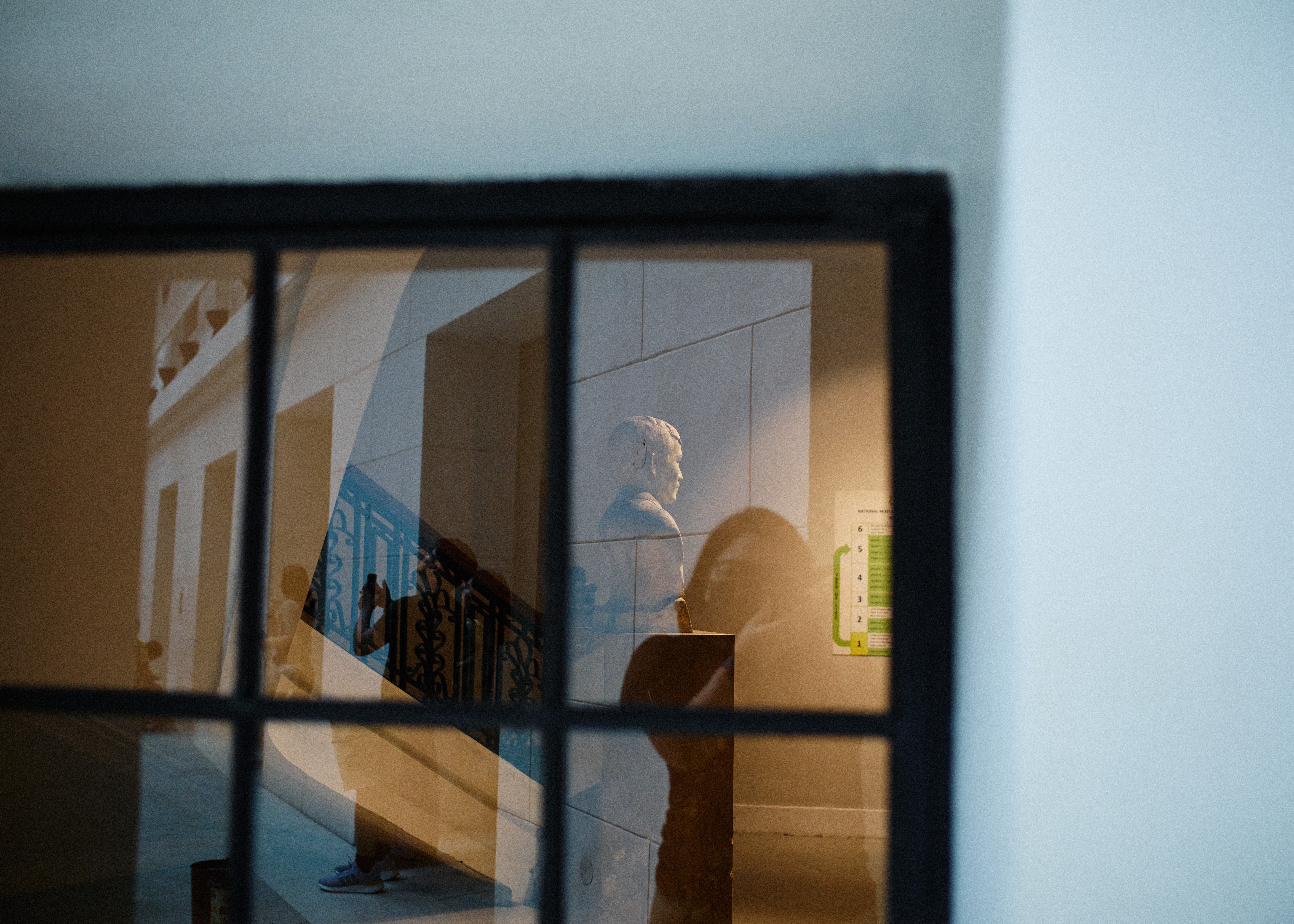
f2, 1/180s, ISO 800
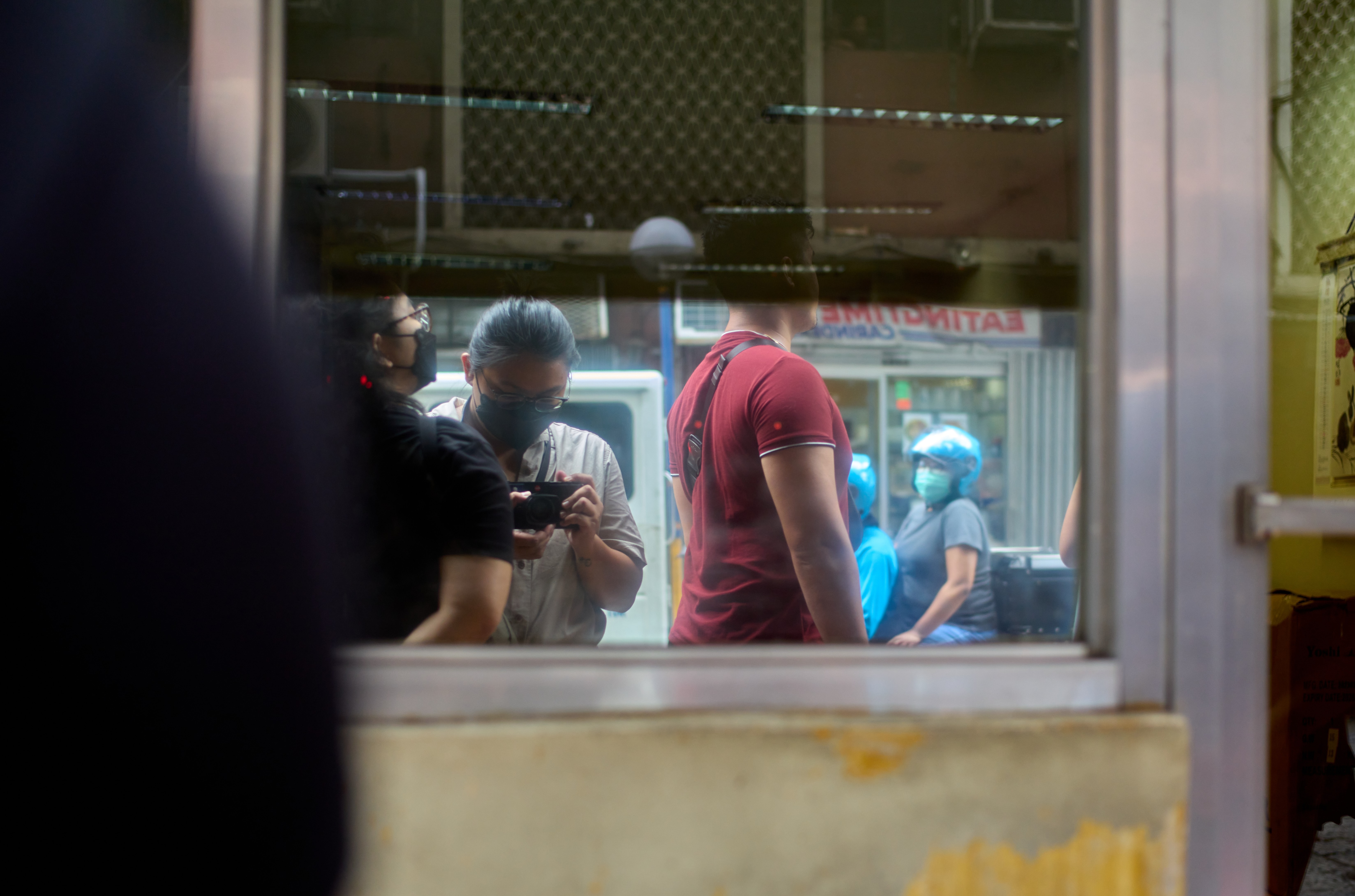
f1.4, 1/360s, ISO 800
The Leica M10-R camera delivers exceptional image quality thanks to its 40MP full-frame sensor and the renowned “Leica look.” This paired with the Leica Summilux-M 35/f1.4 ASPH lens is particularly noteworthy, producing a natural look straight out of the camera. The colors produced by the camera were, in fact, surprising at first because it just looked so good, or is it because I haven’t upgraded my camera gear in the last five years?

f1.4, 1/60s, ISO 200
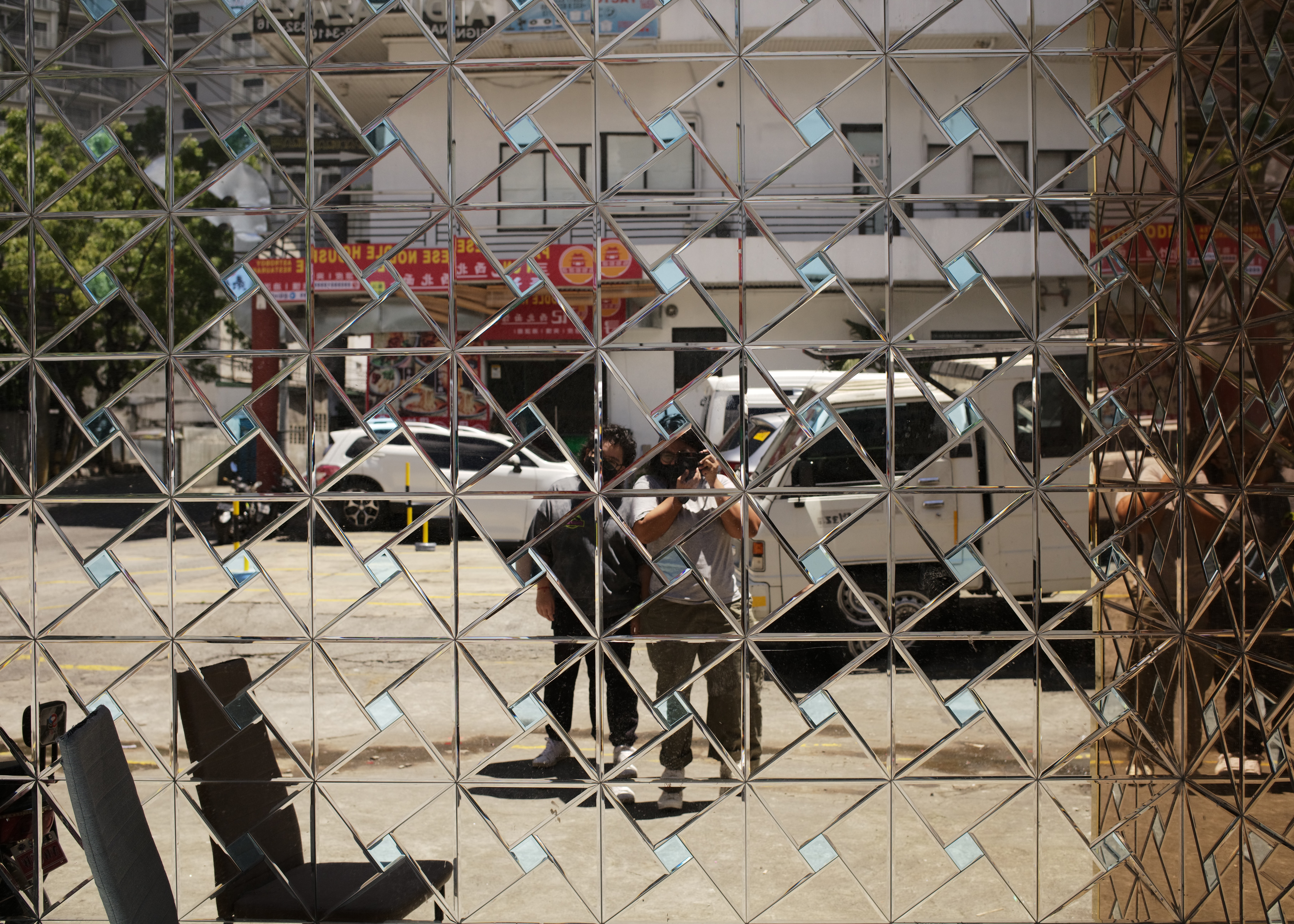
f4, 1/1000s, ISO 400
Great quality comes with great requirements
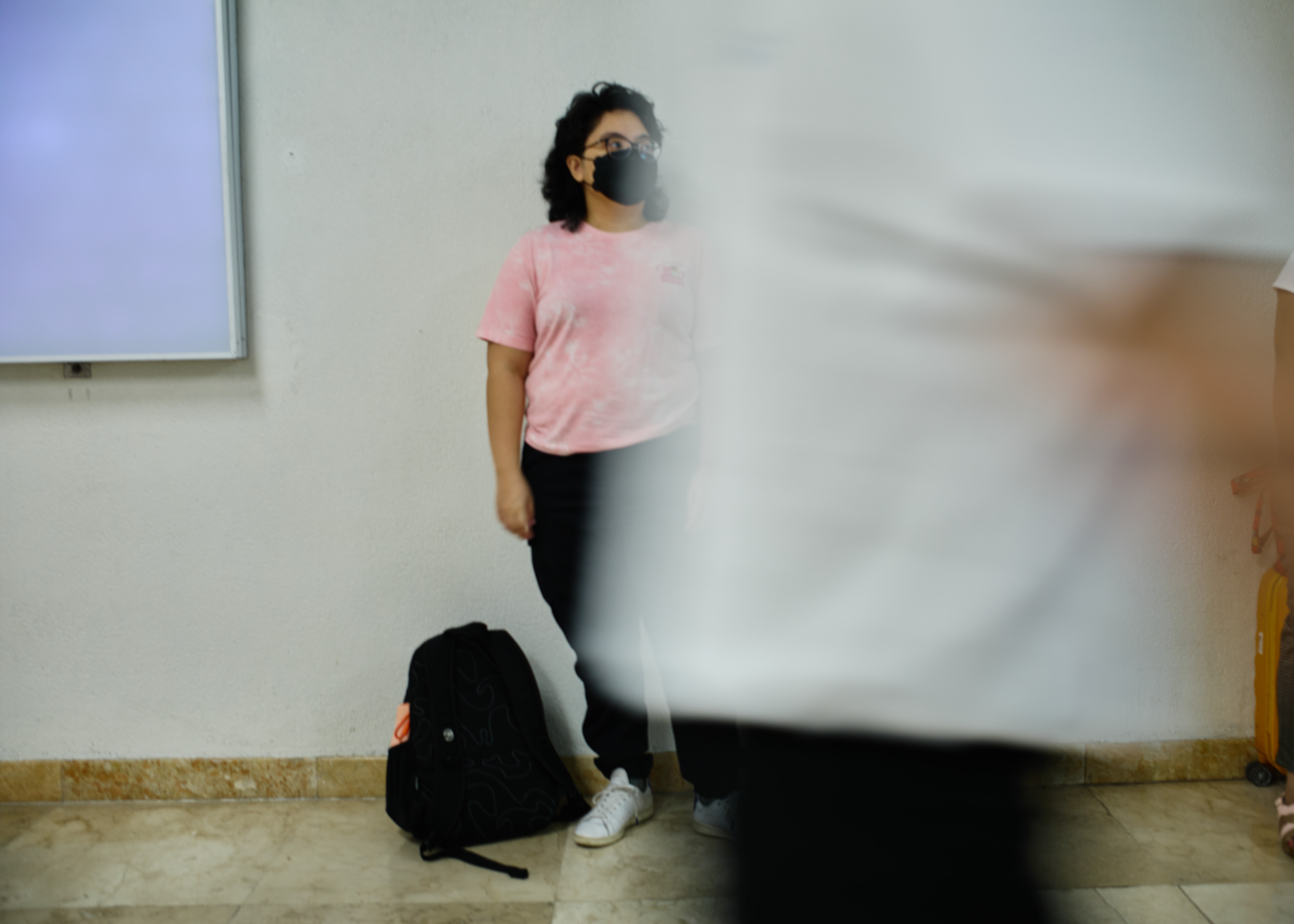
f3.4, 1/15s, ISO 100
The 40MP sensor captures an impressive amount of data, but with great quality comes great storage requirements. Shooting 15 DNG photos alone can fill up to 3GB of storage. I was experimenting with the Monochrome feature and it almost easily fills up a 64GB SD card. These storage demands are indicative of the camera’s uncompromising pursuit of image quality and will require users to invest in ample storage solutions. I haven’t been able to experience the scary “Storage is full” prompt because I always ALWAYS transfer my files end of the day.
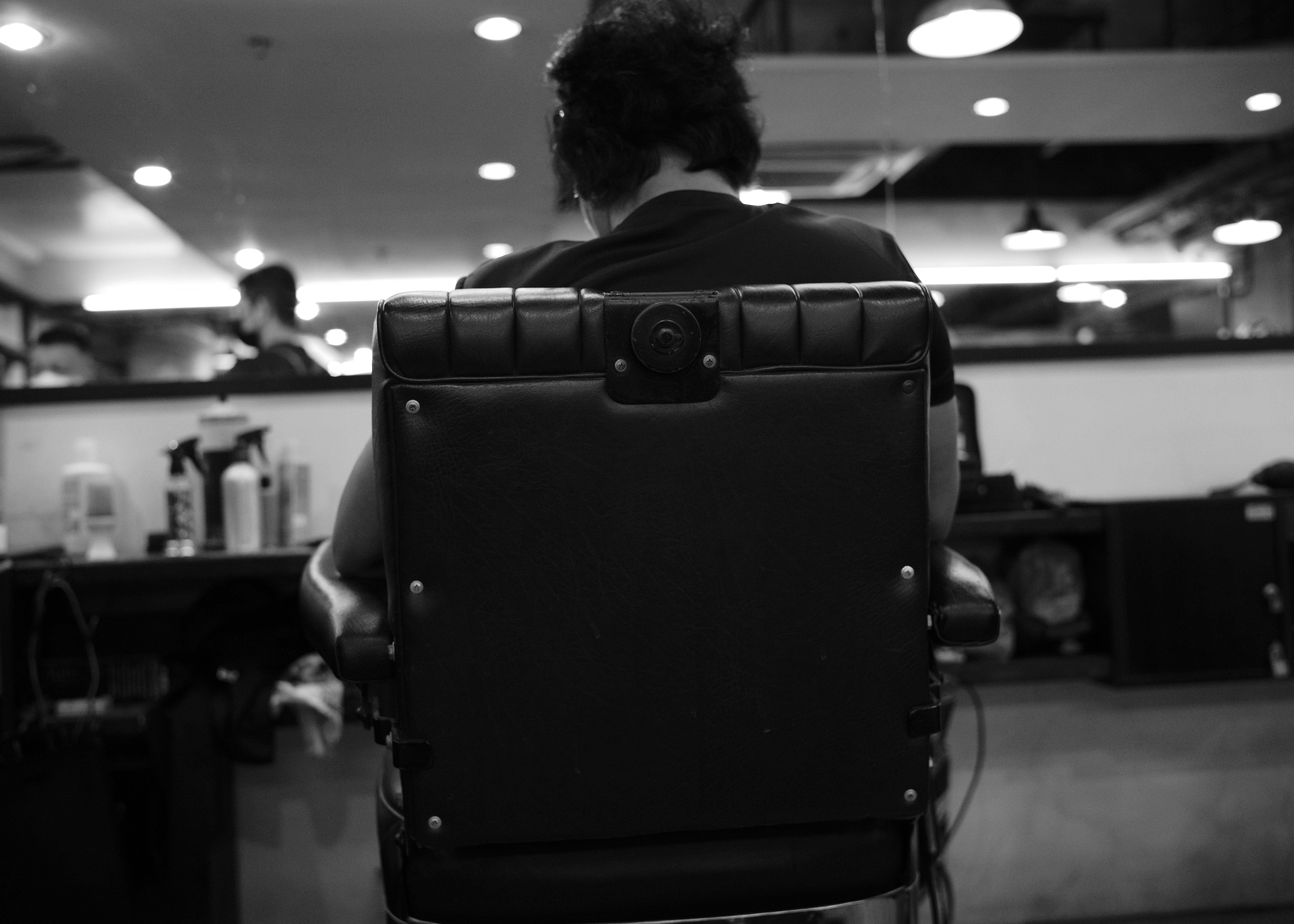
f5.6, 1/180s, ISO 1600
Recently, I began using Capture One to edit my RAW files, which has caused me to consider moving away from Lightroom Classic after almost seven years of use. While it’s difficult to say goodbye to Lightroom’s efficient catalog management and browsing capabilities for my vast library of photos in various file formats, I’m still undecided on which photo editing software to ultimately choose because I still use Adobe software for creative work.
Undoubtedly, the Leica M10-R is a remarkable camera, although it may not cater to everyone’s requirements. For those who prioritize autofocus and USB charging, the Leica Q-Cameras may be a better fit. The Leica M10-R’s baseplate is not necessarily a deal-breaker, but can be delicate and frustrating to use at first. The price of the battery, a hefty ₱9,100 for a tiny battery, which I will still need to buy an extra one for peace of mind. Notably, the M10-R lacks the convenience of USB charging, with no ports on the camera itself. Just a removable baseplate for the battery and memory card.
When traveling with my Leica M10-R, I have had to get creative in my approach to carrying a charger. Due to the length of the original charger, I nearly encountered issues with airport baggage control. So I have resorted to using an Apple power adaptor to ensure that I am not held up during travel.

f4.8, 1/25s, ISO 400
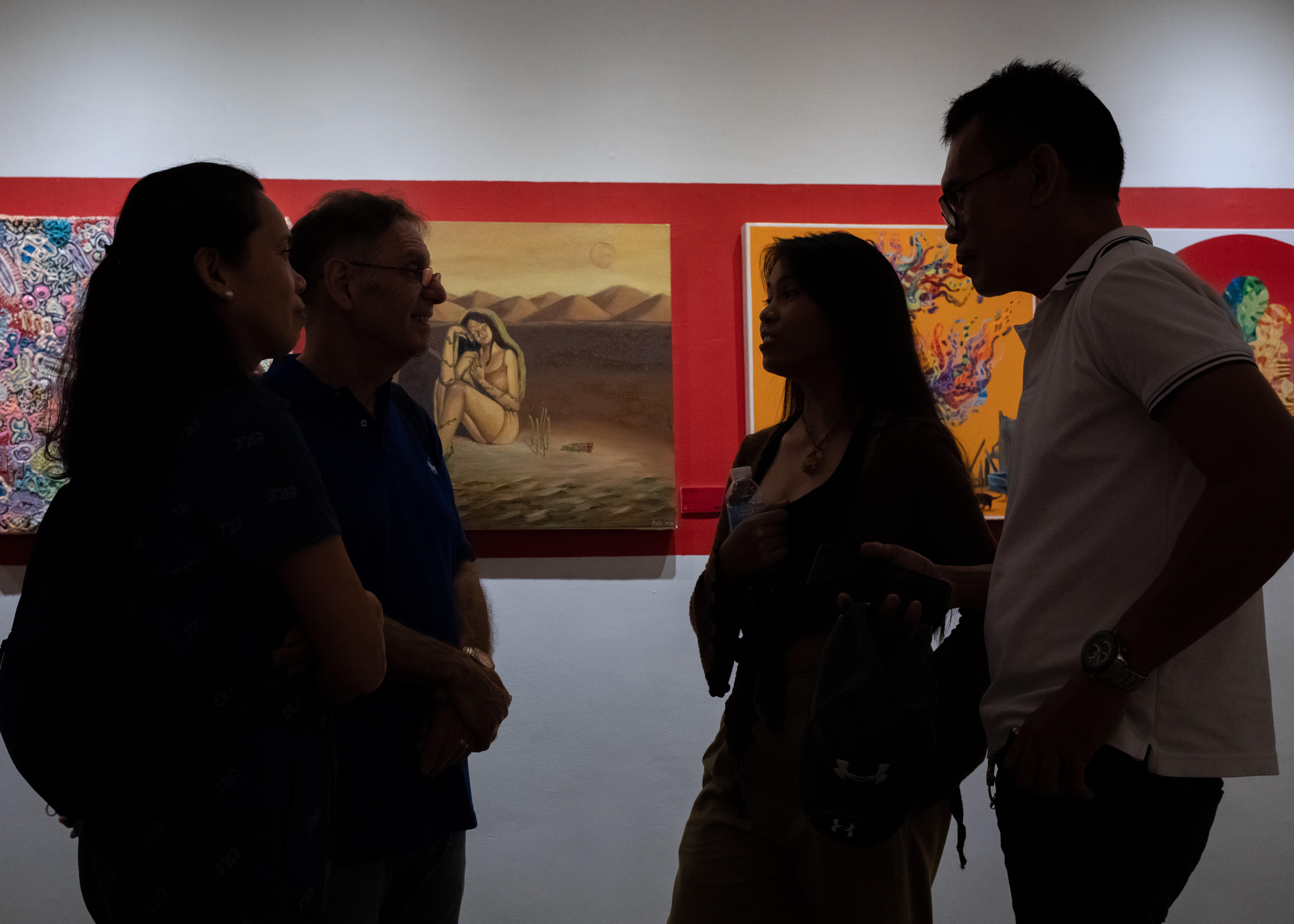
f4, 1/250s, ISO 3200
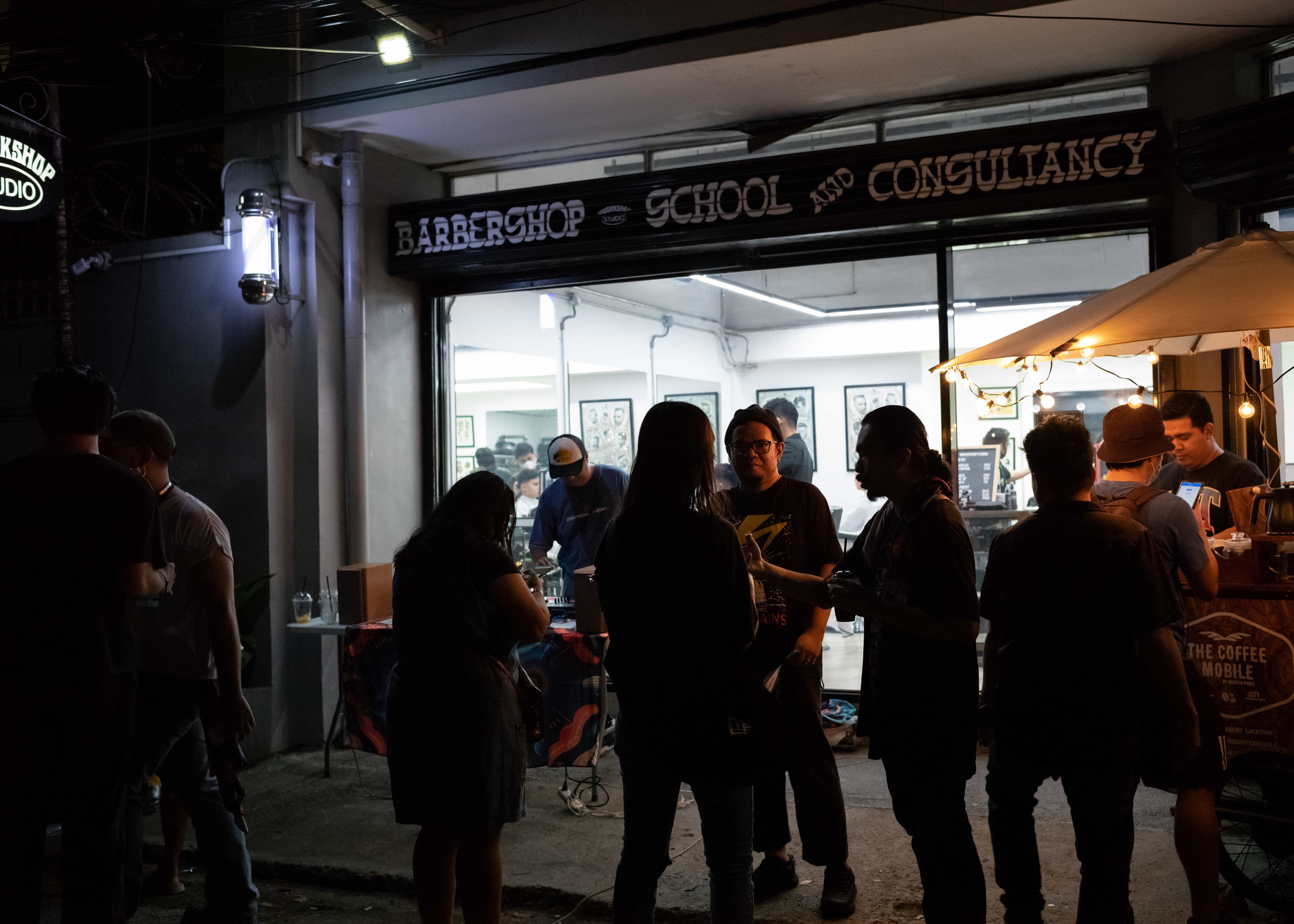
f4, 1/180s, ISO 6400

f/2, 1/4000s, ISO 200
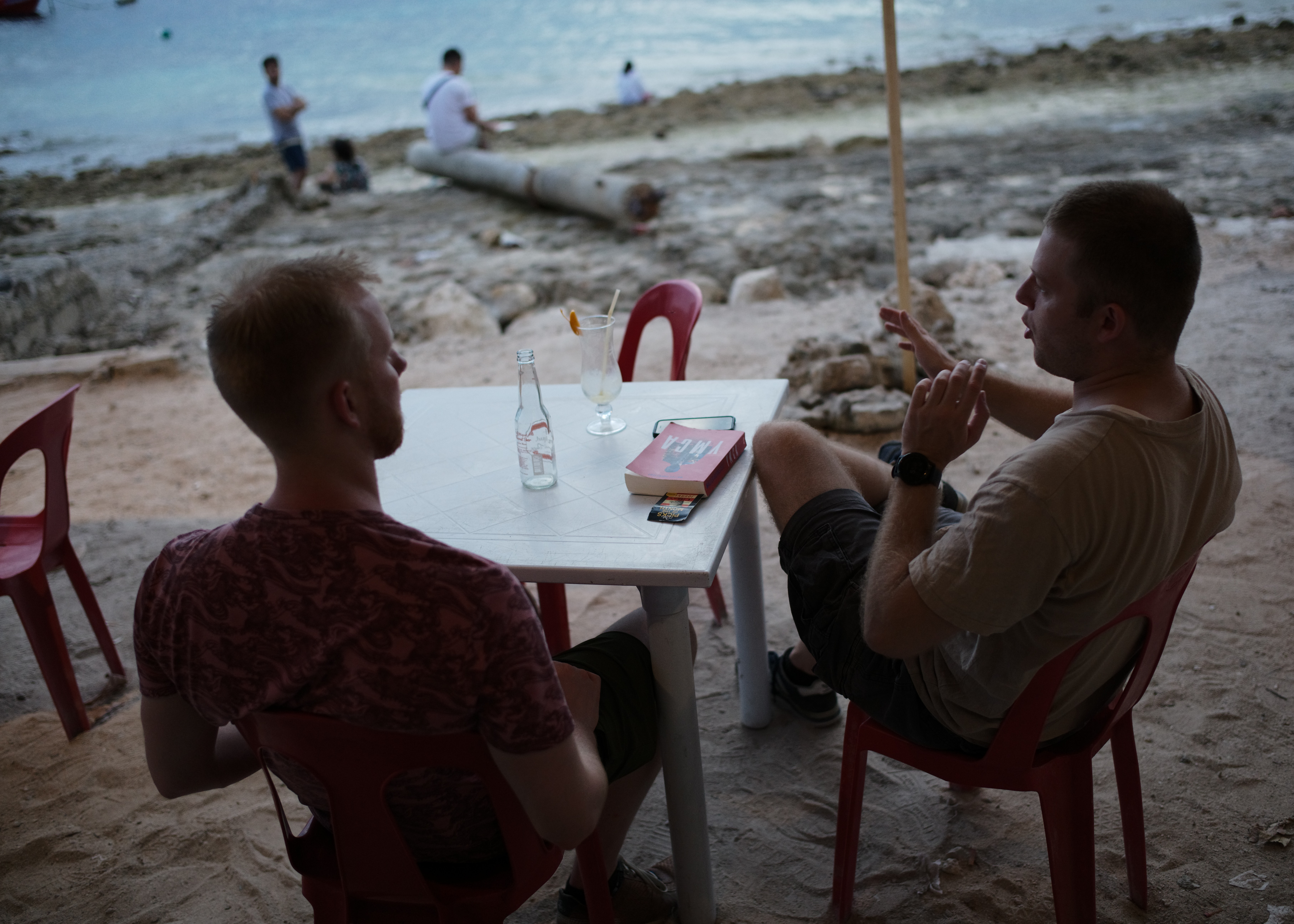
f/2, 1/25s, ISO 800

f/4, 1/1000, ISO 100
Final thoughts
Photography has always been a peculiar pursuit for me. I initially associated it with images of models and commercial products. With the Sony Cyber-shot as our first digital family camera, my focus shifted toward documentary photography. Though my photographs may not exude the level of professionalism commonly associated with the medium, their value lies in the stories they convey and the emotions they evoke.
Owning a Leica was something I never imagined. It’s like owning the Patek Philippe of cameras. (Which by the way would’ve been an exceptional choice.) Although owning such a camera doesn’t necessarily make one a good photographer, it has given me a greater appreciation for the quality craftsmanship and design that goes into creating such a beautiful camera. I may not have fully unlocked the Leica M10-R’s potential yet, but I’m excited to continue learning and experimenting with it.

f1.4, 1/60s, ISO 3200
Thoughts? Email me.
Did you find this post useful?
Please consider sharing it with your friends. This blog is entirely self-funded,
and relies on the generosity of readers to keep things active and ad free. If you would like
to support my work, you can make a one-time or recurring donation here
